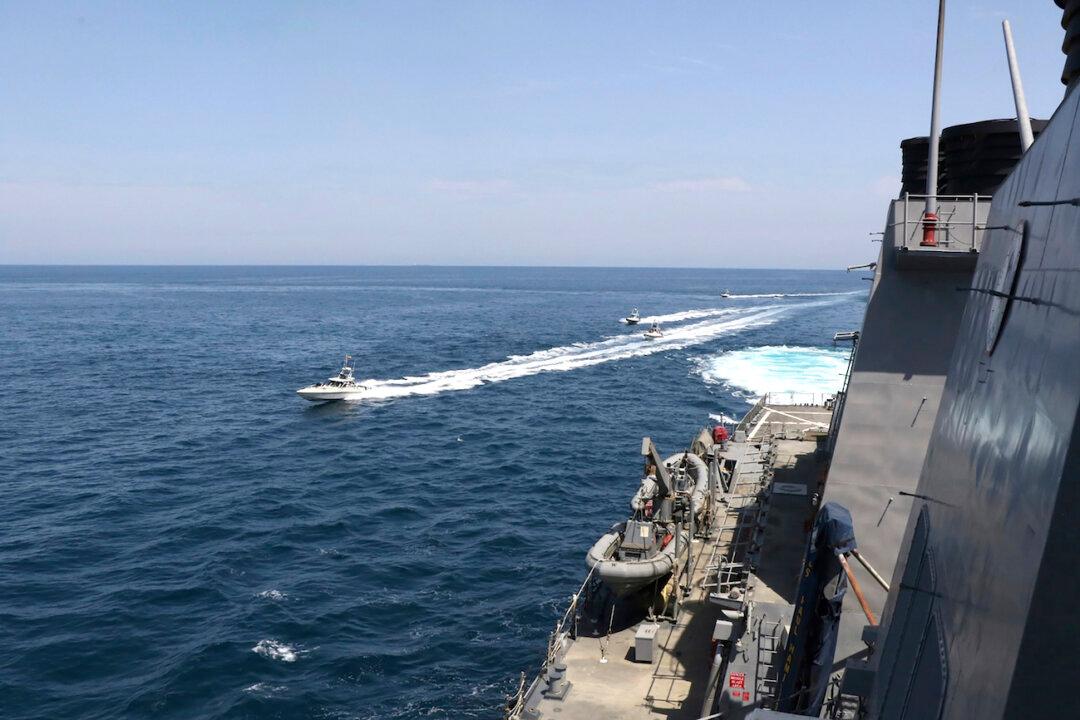President Donald Trump said he has instructed the Navy to destroy Iranian gunboats if they harass U.S. ships.
The warning follows an incident last week during which 11 Iranian boats were filmed buzzing six U.S. Navy ships in the Persian Gulf, coming as close as 10 yards in an hour-long encounter.





